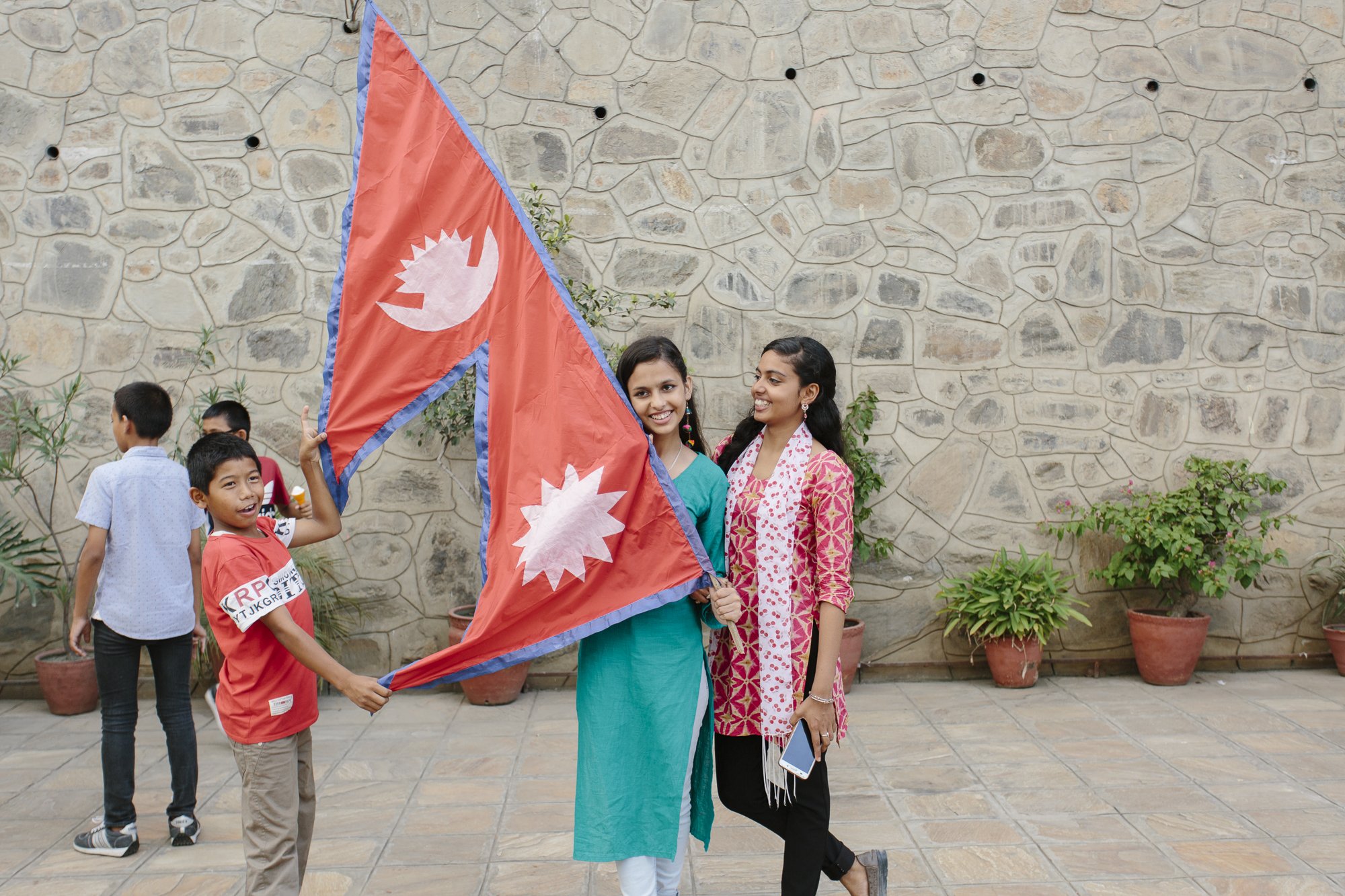
Why Nepal?
As citizens of one of the poorest countries in the world, Nepali people face potentially devastating circumstances.
1. Education is poorly funded and difficult to access and sustain, especially for women and girls from low income families.
30% of children receive early childhood education
50%
of secondary-age kids do not attend school
20%
of elementary-age kids do not attend school
Especially in early education, Nepali children face great difficulty. In Grade 1 alone, over 30% of children will have to repeat the grade, and 15% will drop out. The reason behind these worrisome attendance, failure, and dropout rates is multifaceted, but often stems from families not being able to afford an education. Although there are government schools in Nepal, they charge fees that make it too expensive for poor Nepali families to afford. Government schools are also underfunded and often don’t provide an environment conducive to learning. It is all too common for schools to lack seating, desks, blackboards, school supplies or adequate lighting. Buildings can have leaking roofs, and no toilets or clean water supply. As a result of these under-equipped and inadequate schools, 72% of children in government schools fail the Secondary School Exam (SEE) which determines their future educational path.
49%
of adult females are literate, compared to 72% of adult males
106 of 159
Nepal’s ranking AMONG OTHER COUNTRIES on the global gender gap which measures access to resources AND opportunities
Education is viewed as a poor investment for girls since, in many Nepali households, daughters leave their family's home at marriage, and the benefit of their learning is given to someone else. If a choice has to be made between sending a boy or a girl to school, the boy will usually be given precedence. This mindset has exacerbated gaps in education and achievement between men and women in Nepal.
2. Poverty is widespread, while social assistance is virtually non-existent.
17.4%
of the Nepali population live below the nation’s poverty line.
$1,223 USD
average annual per capita income.
142 of 189
Nepal’s ranking among other countries in the Human Development Index, which is a summary composite measure of a country's average achievements in three basic aspects of human development: health, knowledge and standard of living.
In Nepal, there is a scarcity of social support systems for the poor or elderly to help with food assistance, provide free healthcare clinics, national health insurance, or family services for abuse/neglect/mental illness. NGOs and other organizations that offer aid and services in Nepal are often inconsistent in their focus and attention, and many impoverished areas remain overlooked and vastly underserved.
Further, when children leave school prematurely, they usually enter the workforce and are at great risk for labor exploitation; especially by other countries needing cheap labor. Girls can be trafficked for sexual exploitation. Throughout their lives, these children and those with no formalized education are more likely to remain in the vicious cycle of poverty.
3. Nutrition and sanitation are urgent public health problems and have long-lasting effects on development and lifelong health.
36%
of children suffer from stunting due to malnutrition.
1 of 2
young children suffer from anemia.
Good nutrition is essential to a child’s ability to learn, but also to lifelong development and growth. Chronic malnutrition and diets of unhealthy, processed foods are all great issues in Nepal and lead to detrimental health effects both in childhood and throughout life. Many children do not have access to fruits, vegetables, or a consistent source of protein. Even at school, protein-rich, nutritious food can be difficult to access as inflation is drastically increasing food and fuel prices.
38%
of The population do not have access to basic safe sanitation services.
27%
of the population lack access to safe drinking water.
Clean drinking water and public sanitation are key public health issues that, if left unchecked, can lead to disease and death. Many children do not have access to these resources at home or even at school, if they attend. Cholera and typhoid outbreaks from contaminated water and food are not uncommon.





